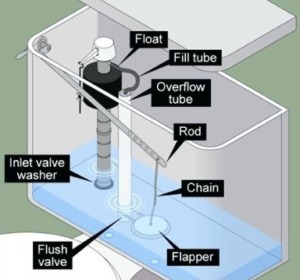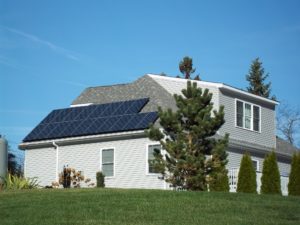Water monitoring can quickly become a building owner’s best friend. The high cost of water bills can often overshadow the cost of fuel and electricity bills, but ownership and management often believe that the price of their water bill is simply something to deal with. Many building owners pay the water bill for the entire building directly to their local utility without being aware of what’s going on inside their building or what they’re actually paying for. After all, without water monitoring, how would they know?
Water monitoring can impact an owner’s bottom line due to the high costs of leaks, which are more pervasive than you’d think.
Types of Leaks
 While any water fixture can contribute to leaks and high water bills, toilets are typically the worst offenders. In toilets, rubber flappers can wear out, a flapper connected to the flush handle can have an incorrectly sized chain interfering with the seal, float mechanisms on the flush valve can be set too high causing the water level to go just above the overflow tube, or there can be tenant tampering.
While any water fixture can contribute to leaks and high water bills, toilets are typically the worst offenders. In toilets, rubber flappers can wear out, a flapper connected to the flush handle can have an incorrectly sized chain interfering with the seal, float mechanisms on the flush valve can be set too high causing the water level to go just above the overflow tube, or there can be tenant tampering.
Showers and sinks can also start leaking at any time. While typically at much lower capacities, these leaks can actually be easier to detect. By monitoring the water consumption in a building and observing hourly usage overnight, you can identify patterns that can quickly indicate a leak, eliminating the need to visually inspect all water fixtures in a building to determine the cause.
Cost of Leaks
The idea that a single leak can last for an entire year may seem unreasonable, though the sad truth is many leaks can go undetected and/or unreported. To put water leaks into perspective, the chart below from the NYC DEP details the potential extent of leaks and their costs on a daily and yearly basis:

